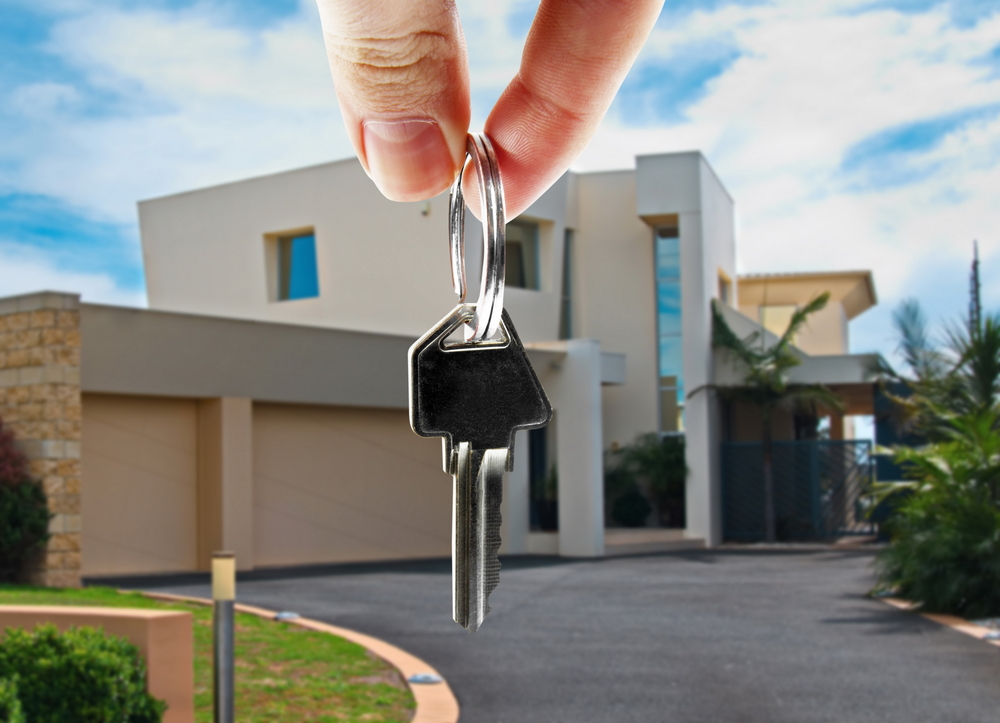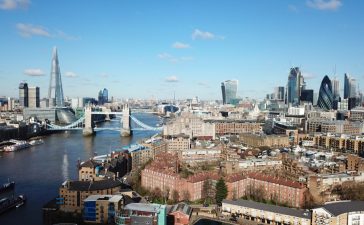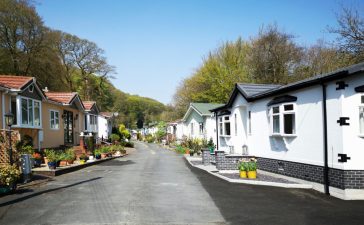The number of first-home buyers was up a mere 1 per cent over the year and plunged by 12.6 per cent over the quarter
First-home buyers are dwindling as affordability continues to worsen, a new report by the Real Estate Institute of Australia (REIA) shows.
President Adrian Kelly said strong competition had bumped up the average loan size for first-home buyers in the September quarter to $459,256, up 2 per cent on the previous three-month period and 14 per cent over 12 months.
The number of first-home buyers was up a mere 1 per cent over the year and plunged by 12.6 per cent over the quarter.
South Australia had the largest decline of 21.6 per cent.
Mr Kelly said the numbers showed government programs like the First Home Loan Deposit Scheme and First Home Super Saver Program needed to be supported and expanded.
For owner-occupiers overall, the average loan size increased 4 per cent over the quarter to $570,412, up 17.4 per cent over 12 months.
Unsurprisingly, NSW recorded the highest annual increase of 21.4 per cent, REIA found.
CoreLogic data released last Wednesday showed median prices in Sydney – Australia’s most expensive market – had jumped to $1.09m.
But auction data released on Monday showed 1055 houses had been sold in the city over a week for a staggering median value of $1.68m, while 415 apartments went for an average of $970,000.
Mr Kelly said there was good news for renters, with affordability largely remaining stable in the September quarter.
Nationally, there was a marginal increase of 0.2 percentage points over the quarter and an increase of 0.4 percentage points over the past 12 months, he said.
He said: The least affordable state or territory in which to rent a property was Tasmania, where the proportion of income required to meet median rent was 29.7 per cent. This was 6.8 percentage points higher than the national average.
Lockdown-hit Victoria became the most affordable place to rent, with the proportion of income required to meet median rent at 19.7 per cent, Mr Kelly said.
The data comes as Australia’s second largest bank, Westpac, hiked fixed home loan rates for the fourth time in less than two months.
Unfortunately, we haven’t seen the end of these fixed rate hikes, RateCity.com.au research director Sally Tindall said.
She said: We expect them to keep rolling in as we head into 2022.






